(ZENIT News / Vatican City, 10.23.2025).- The frescoes of the Sistine Chapel, with their defiant blues and burnished golds, have witnessed countless turning points in Church history. Yet few moments have been so rich in symbolism as the sight of King Charles III of the United Kingdom and Pope Leo XIV standing together in prayer beneath Michelangelo’s ceiling — two successors of ancient traditions once divided by schism, now seeking to walk side by side in hope.
On the morning of October 23, 2025, the Vatican unfolded a page of history. The British monarch, accompanied by Queen Camilla, arrived through the Arch of the Bells and was greeted with full honors in the Courtyard of San Damaso. A brief fanfare of the British anthem, God Save the King, echoed through the Vatican walls, followed by the measured steps of the Swiss Guard. Then came the encounter — a private audience between the Pope and the King, later mirrored by separate meetings between Queen Camilla and Vatican officials.
But it was not diplomacy that defined the day. It was worship. The centerpiece of the royal visit was an ecumenical prayer in the Sistine Chapel — conducted in Latin and English — that brought together the Church of Rome and the Church of England in a gesture of fraternity unseen since the Reformation.
The liturgy opened with a hymn by Saint Ambrose, sung in an English translation by Saint John Henry Newman, the 19th-century theologian who embodied both Anglican and Catholic traditions. Newman’s presence, invoked in word and melody, cast a quiet bridge across centuries of separation. In just days, on November 1, Pope Leo XIV will proclaim him a Doctor of the Church — a recognition of his enduring influence on the modern Christian conscience.
Among those present were Archbishop Stephen Cottrell of York, Cardinal Vincent Nichols of Westminster, Archbishop Leo Cushley of St. Andrews and Edinburgh, and Reverend Rosie Frew, moderator of the General Assembly of the Church of Scotland. Their presence gave the prayer the fullness of a family reunited — not yet one in doctrine, but closer in spirit than ever before.
The soundscape of the service was as eloquent as its prayers. The children’s choir of St. James’s Palace, the adult voices from St. George’s Chapel in Windsor, and the Pontifical Sistine Chapel Choir merged in a harmony that transcended language and nation. Psalms of creation and hope echoed under the vaults, followed by a reading from Saint Paul’s Letter to the Romans — a meditation on perseverance, faith, and the promise of redemption.
In one particularly moving moment, the ancient motet If ye love me by Thomas Tallis, a composer who once served both Catholic and Anglican courts, filled the air. Written in 1565, during the turbulence of England’s religious transformation, the piece became a bridge across time — a prayer whispered by two worlds finally learning to listen to one another again.
When the Pope and the Archbishop of York joined in a shared invocation — “May the grace of our Lord Jesus Christ, the love of God, and the fellowship of the Holy Spirit be with us always” — the frescoes of the Last Judgment seemed to witness something unexpected: reconciliation not yet complete, but real.
Later, in the Sala Regia, the Pope and the King took part in a meeting on environmental sustainability, led by Sister Alessandra Smerilli of the Dicastery for Integral Human Development. There, the two leaders exchanged identical Cymbidium orchids — a quiet but potent sign of their shared concern for creation. Hardy yet elegant, capable of thriving even in adversity, the orchid served as a living metaphor for a faith that endures and adapts.
That evening, the royal couple crossed the city to the Basilica of Saint Paul Outside the Walls. In that place — long linked to the British Crown through centuries of patronage and prayer — King Charles was bestowed with the title of Royal Confrater of Saint Paul, approved by Pope Leo XIV himself.
The ceremony, presided over by Cardinal James Michael Harvey and Abbot Donato Ogliari, evoked deep historical roots: from the missionary journeys of Saint Augustine of Canterbury and Saint Paulinus of York to the medieval kings of England who supported the upkeep of the apostles’ tombs. For centuries, England’s monarchs were considered protectors of the basilica — a bond broken by the Reformation, now symbolically renewed.
The throne crafted for the occasion bore the royal coat of arms and the Latin phrase Ut unum sint — “That they may all be one” — from the Gospel of John. It will remain in the basilica’s apse as a reminder of this unprecedented gesture.
During the liturgy, readings from Ephesians and John spoke of unity in the Spirit and the longing of Christ “that all may be one.” Music by Orlando Gibbons, William Byrd, and Henry Purcell — three masters of the English sacred tradition — intertwined with the chant of the Benedictine monks. Each piece was a quiet testimony to faith’s resilience through division.
Cardinal Harvey reminded those gathered that since the Second Vatican Council, Anglicans and Catholics have prayed and worked together “in countless circumstances,” a path inaugurated by the historic 1966 meeting between Pope Paul VI and Archbishop Michael Ramsey. The ring Paul VI placed on Ramsey’s finger — once a bold sign of reconciliation — seemed to glimmer again in the words and music of the night.
The ceremony concluded with Exultate Deo by Palestrina and the hymn Praise to the Holiest in the Height, taken from Newman’s Dream of Gerontius. As the final notes of Elgar’s Organ Sonata in G Major faded, King Charles and Queen Camilla descended to pray silently before the tomb of the Apostle of the Nations.
Few spectacles could rival the sight: a British monarch, once the symbolic head of a church born from separation, now «kneeling» in the house of the Apostle who preached unity to the Gentiles.
History will decide whether this day marks a turning point in ecumenical relations or merely a luminous pause along the way. Yet beneath the painted heavens of Michelangelo and the quiet arches of Saint Paul’s, something undeniably new took root — a fragile, fragrant orchid of faith, entrusted to both throne and altar alike.
Thank you for reading our content. If you would like to receive ZENIT’s daily e-mail news, you can subscribe for free through this link.
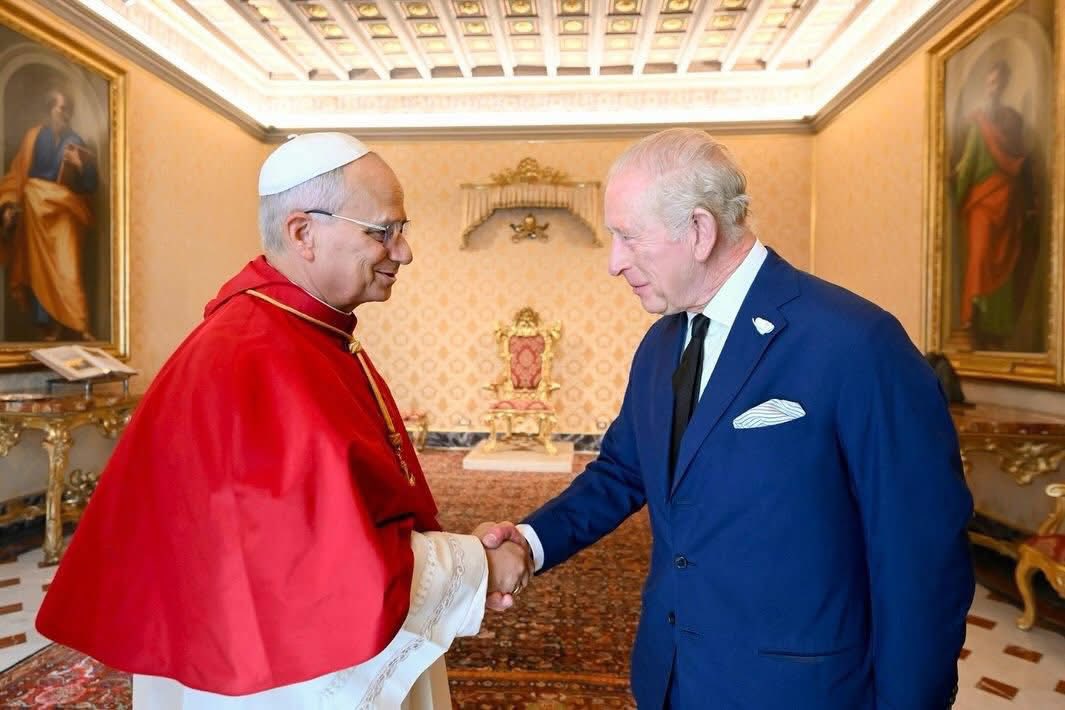
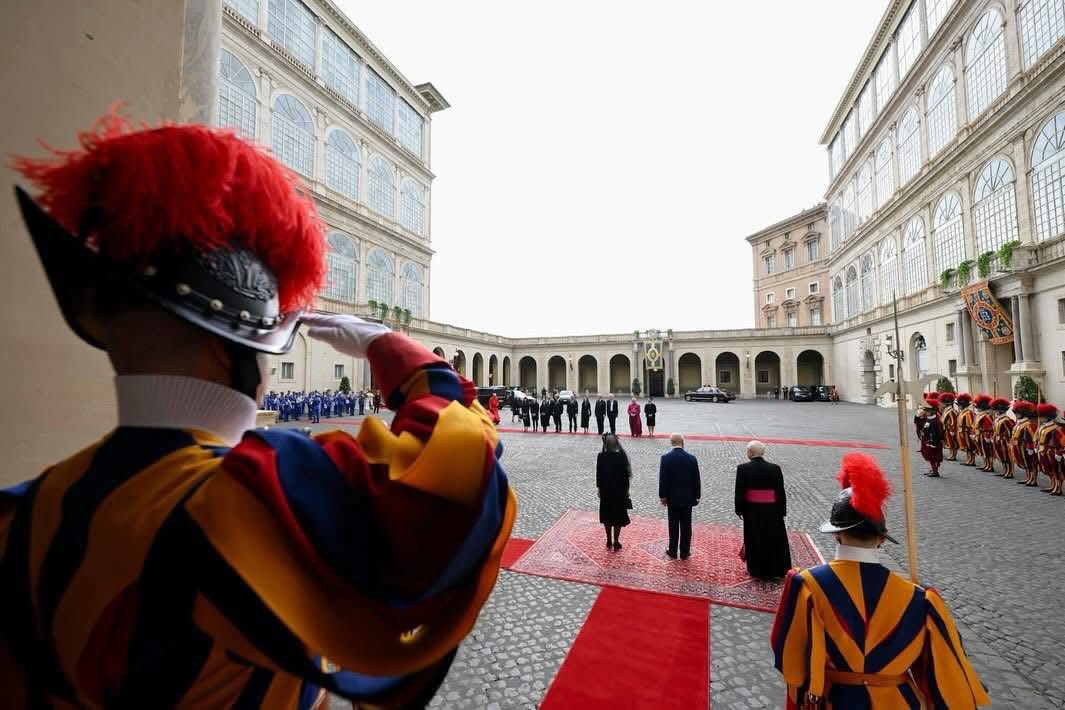
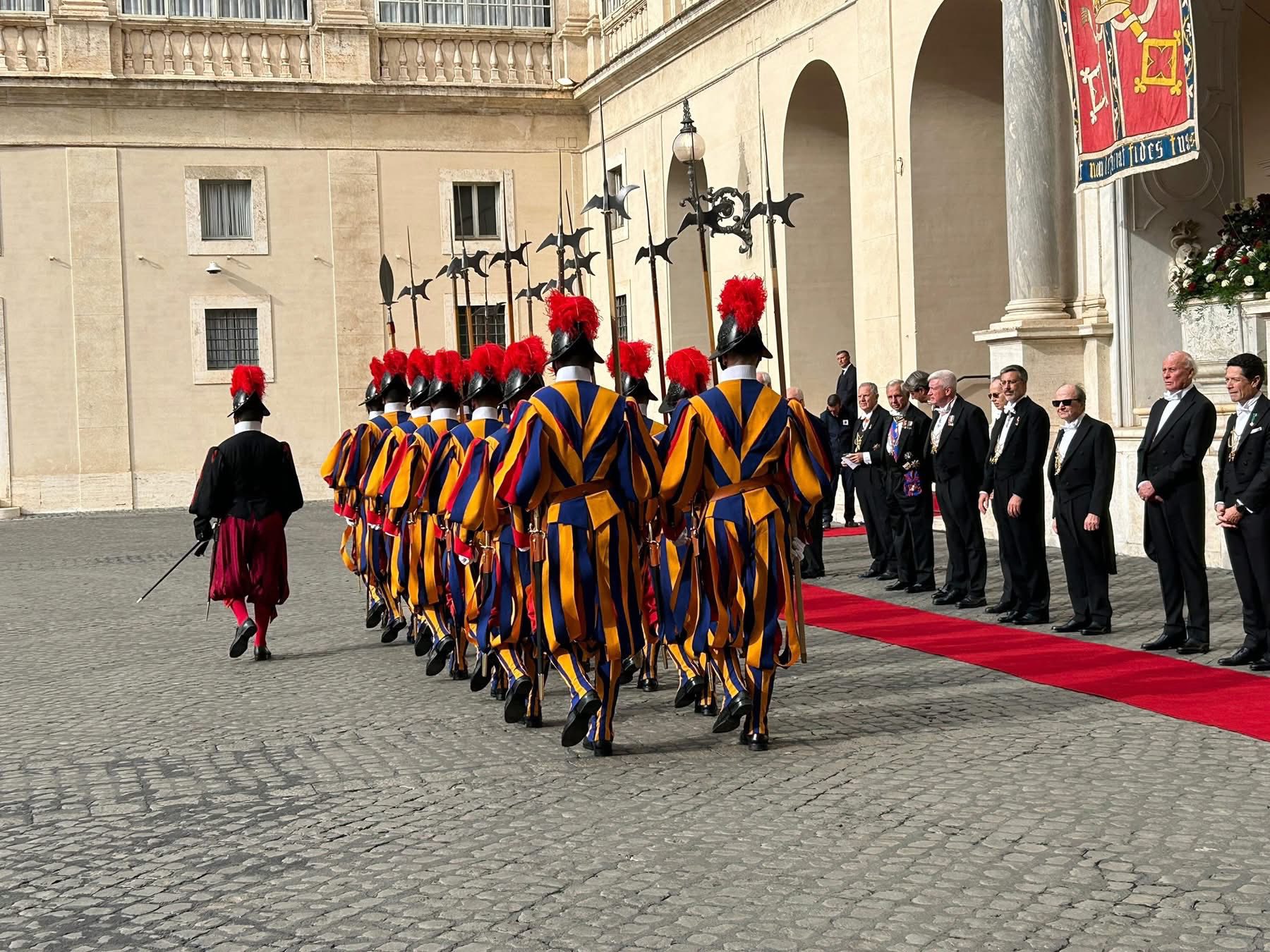
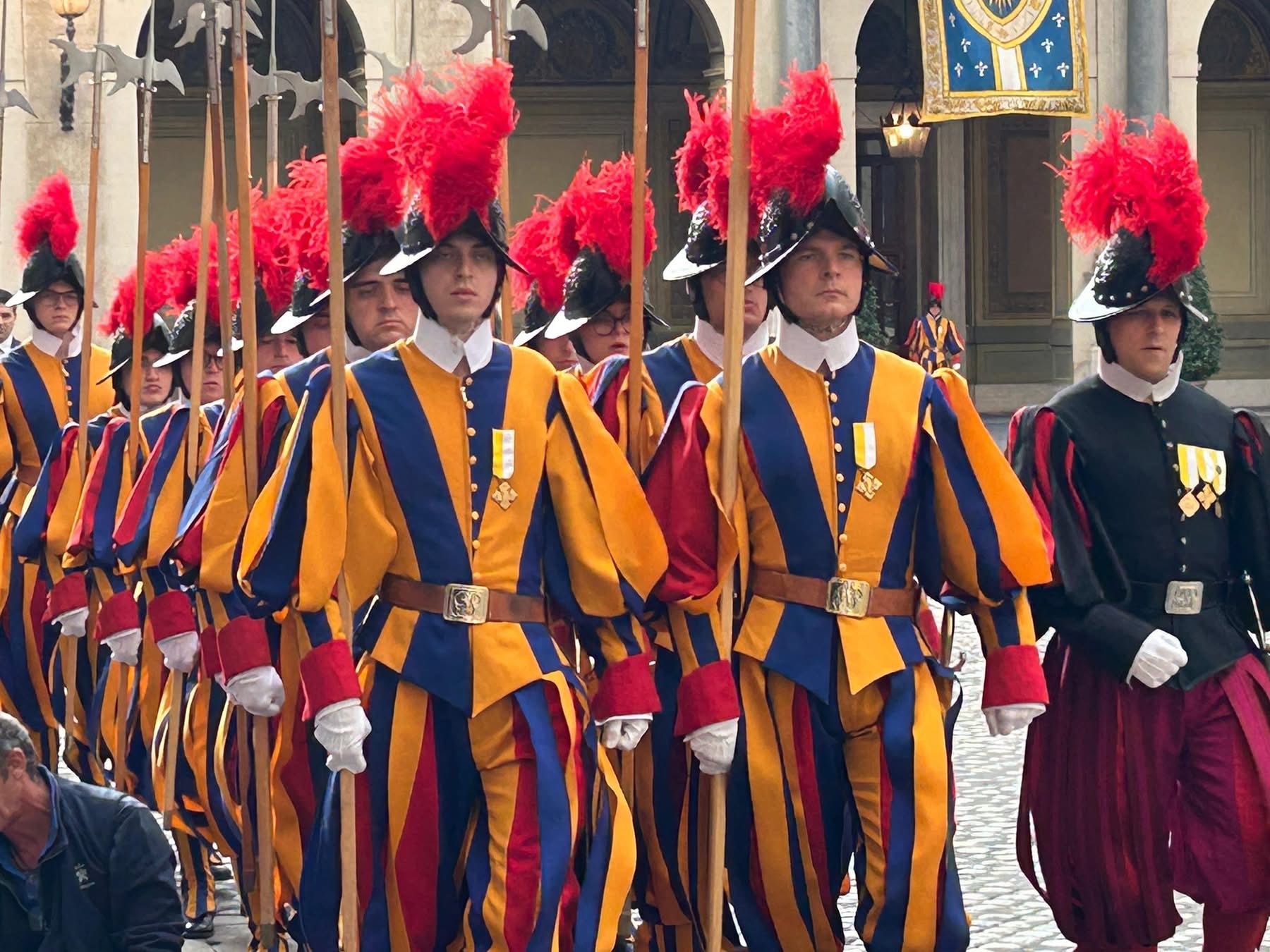
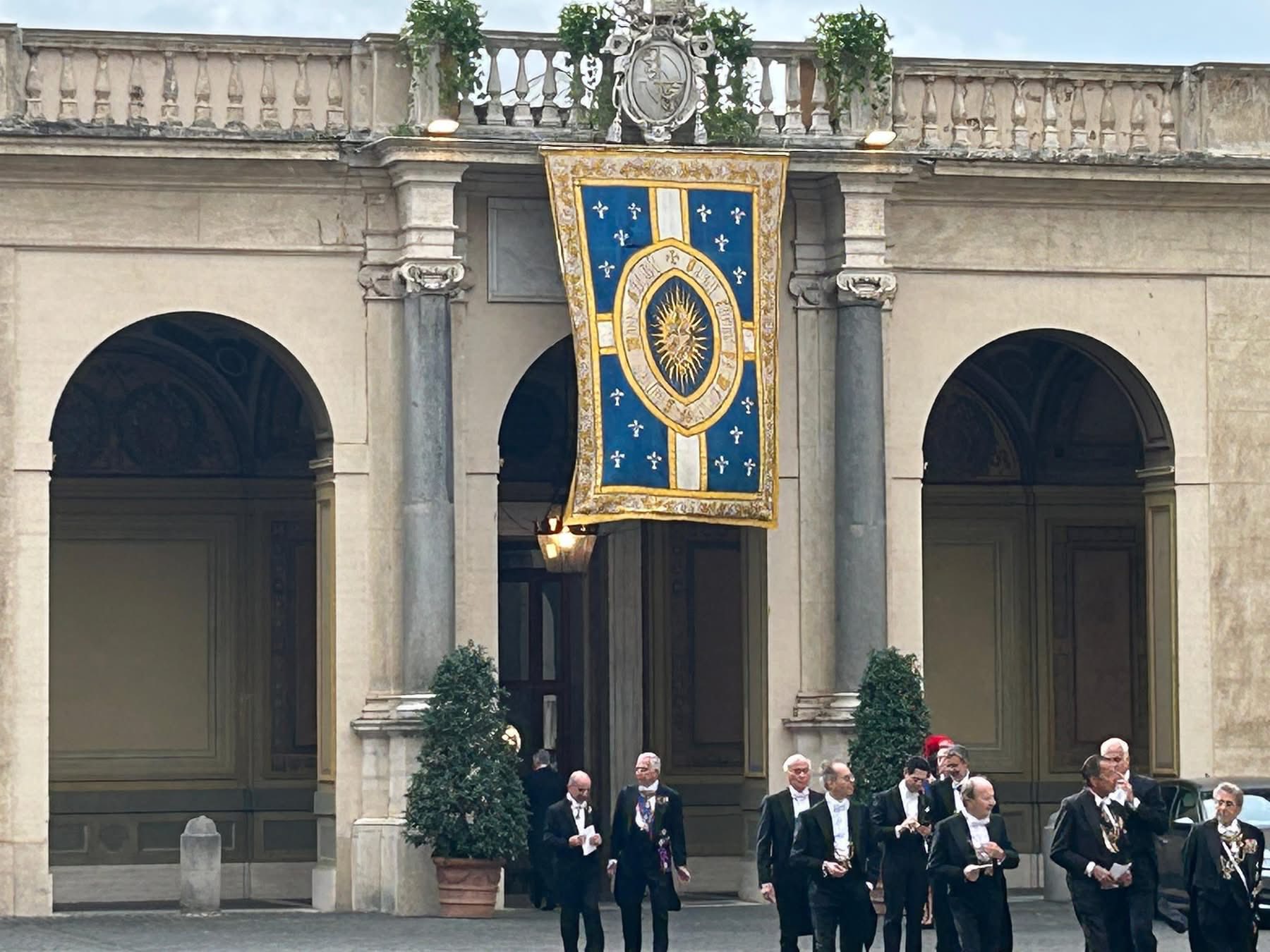
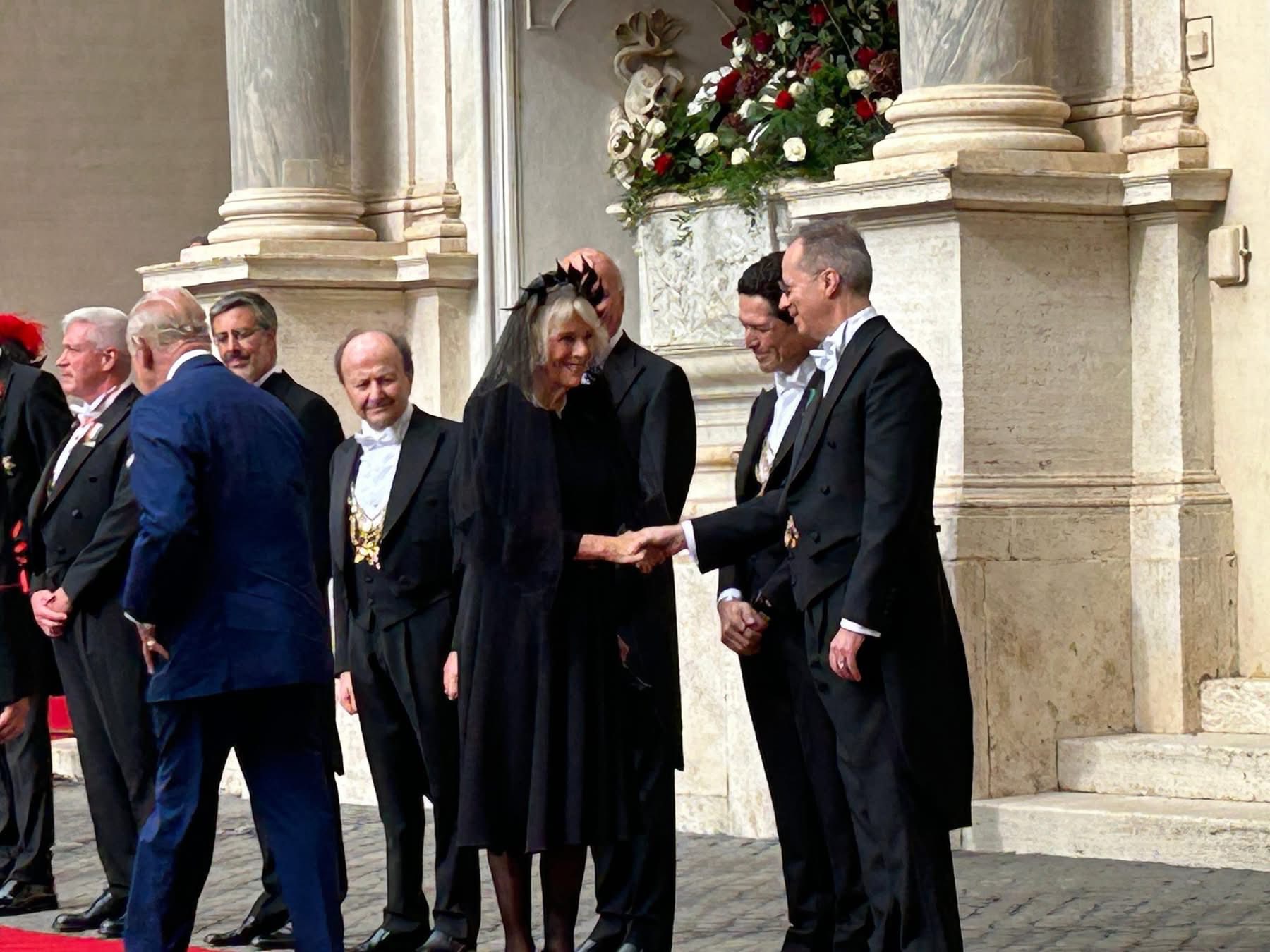
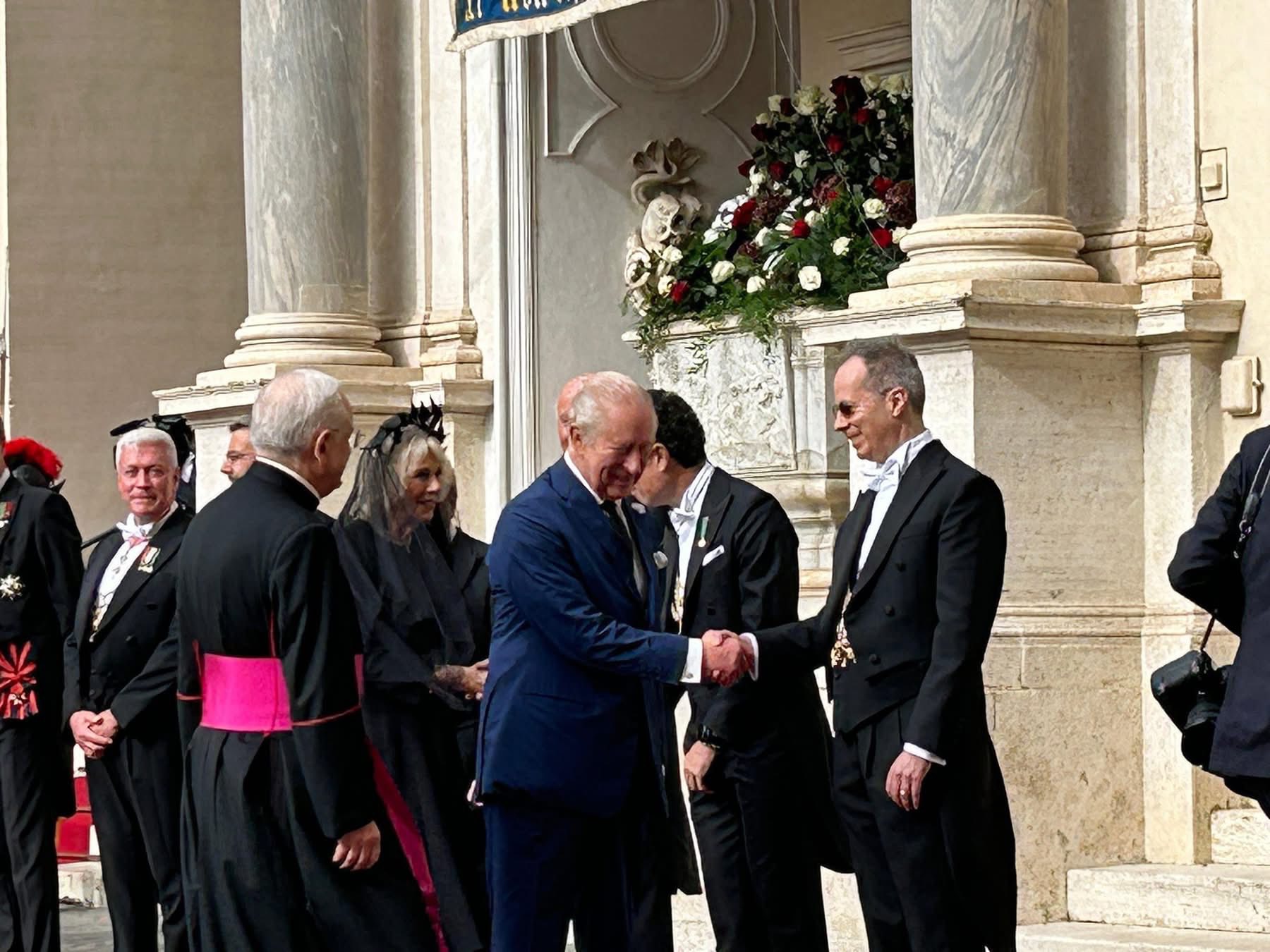
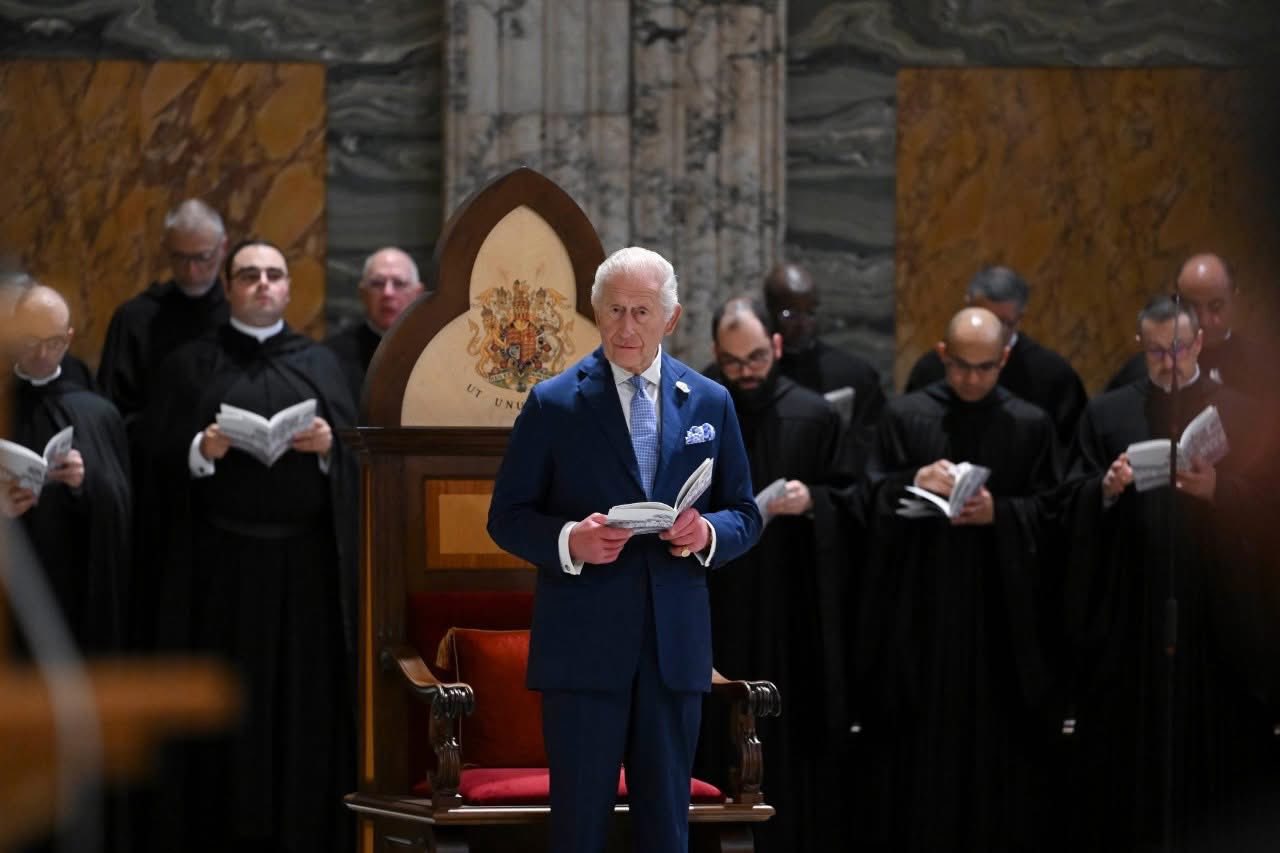
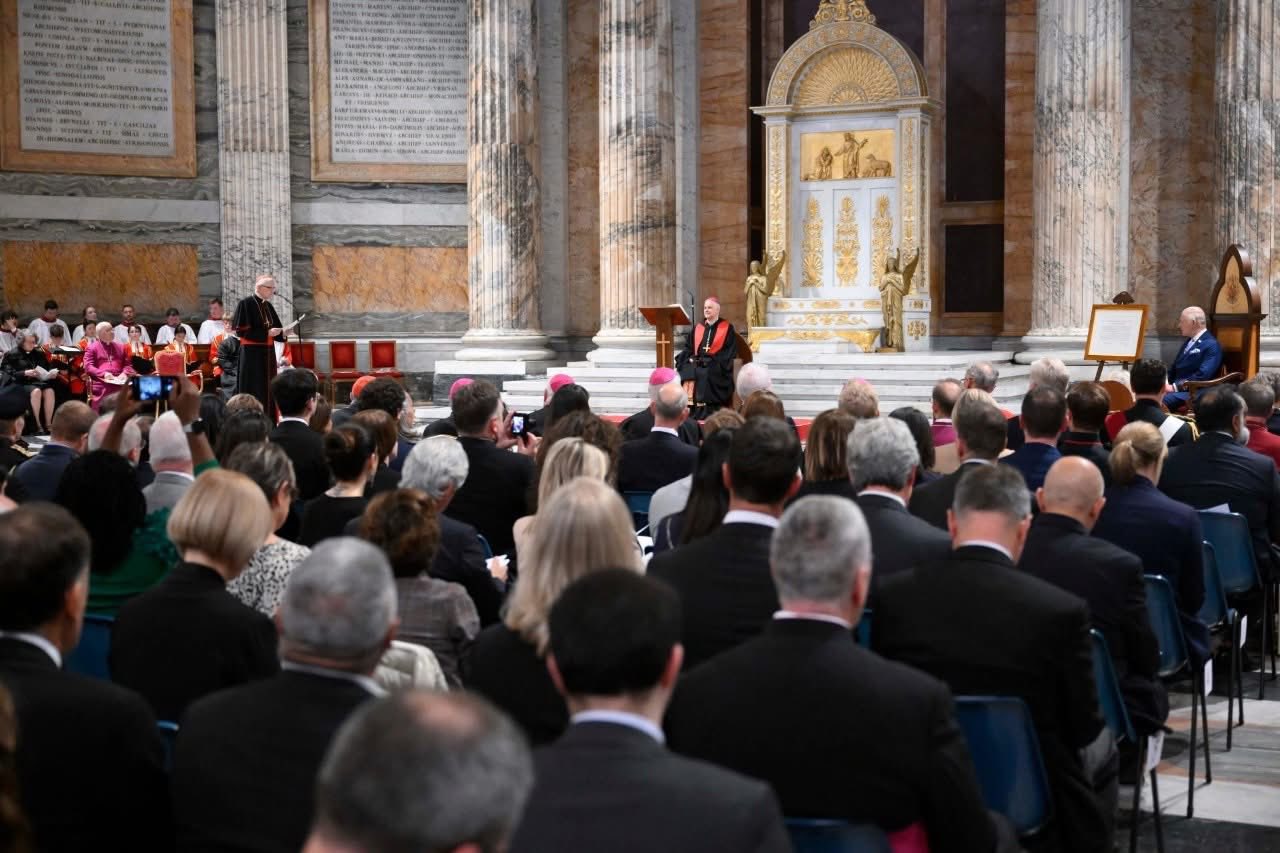


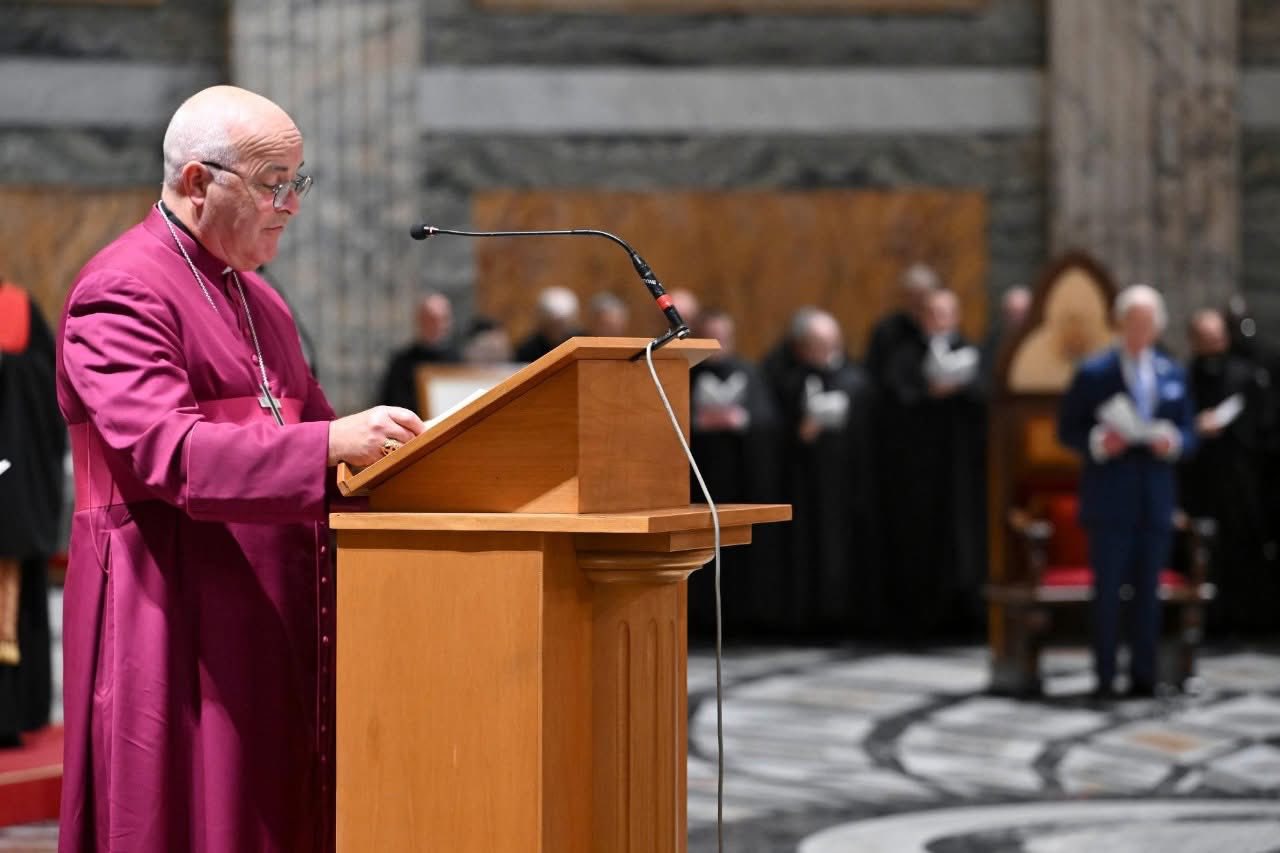
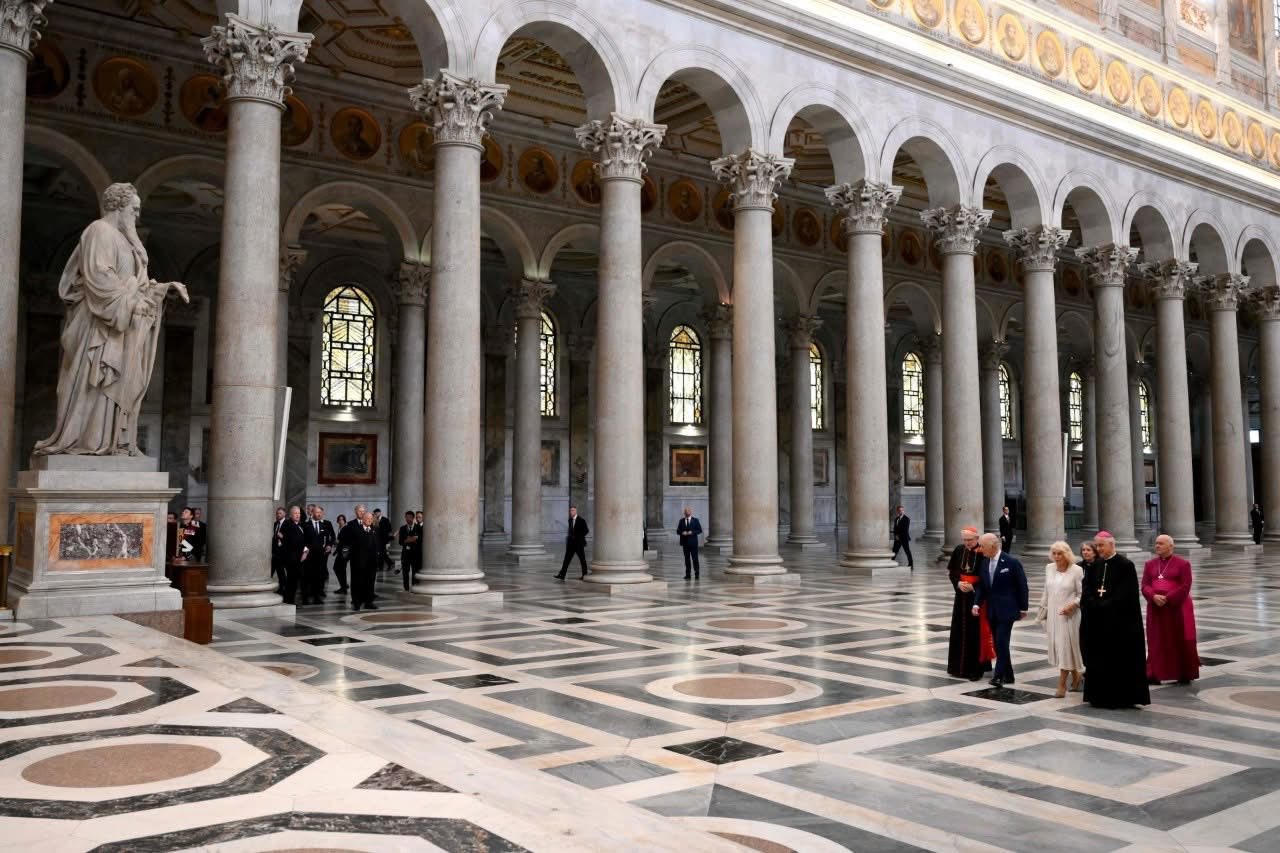

![[PHOTO GALLERY] This is how the first historic day of the King of England's state visit to Pope Leo XIV unfolded - ZENIT](https://www.europesays.com/wp-content/uploads/2025/10/el-monarca-britanico-acompanado-por-la-reina-camila-llego-a-traves-del-arco-de-las-campanas-y-fue-re.png)
